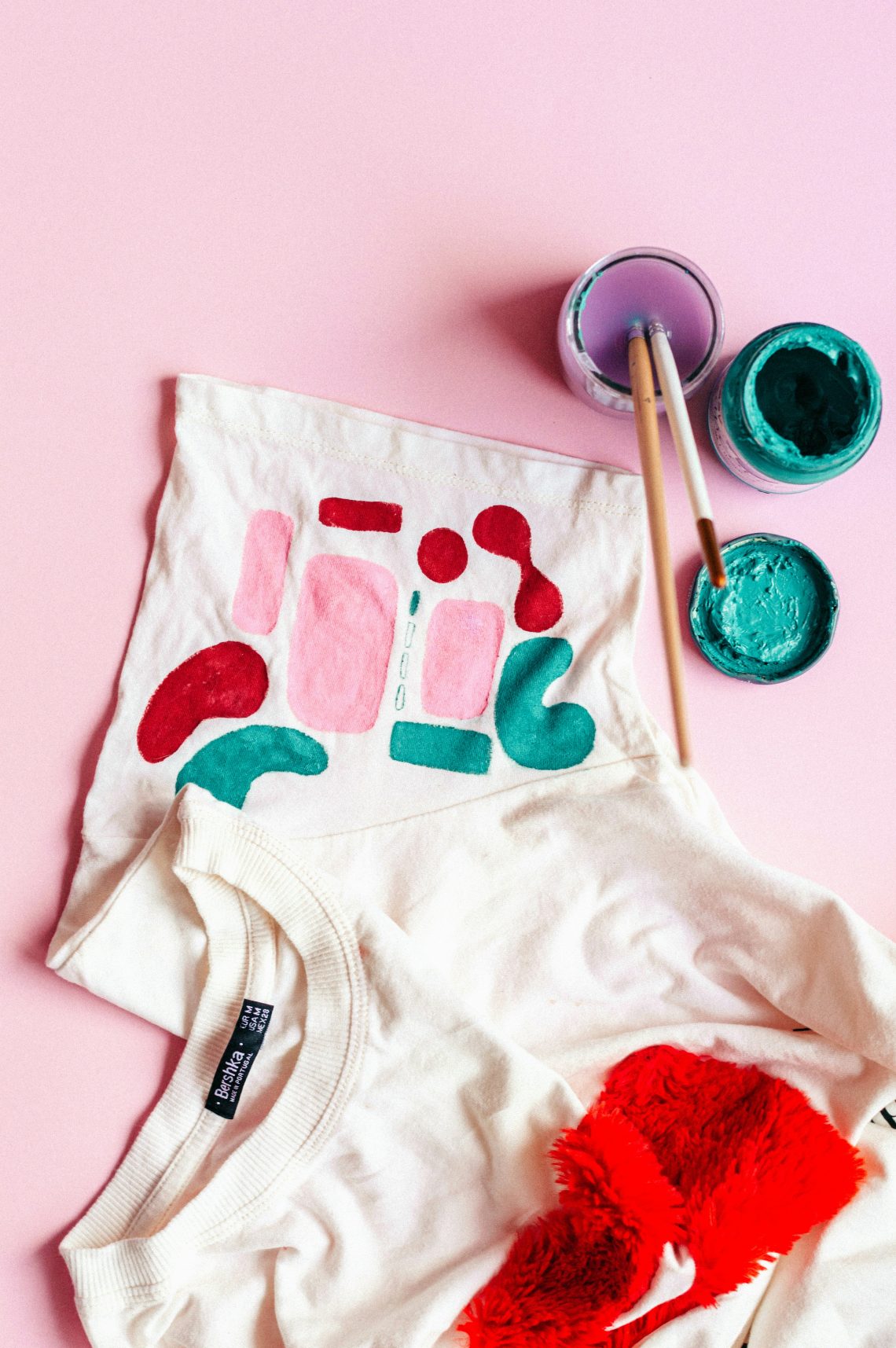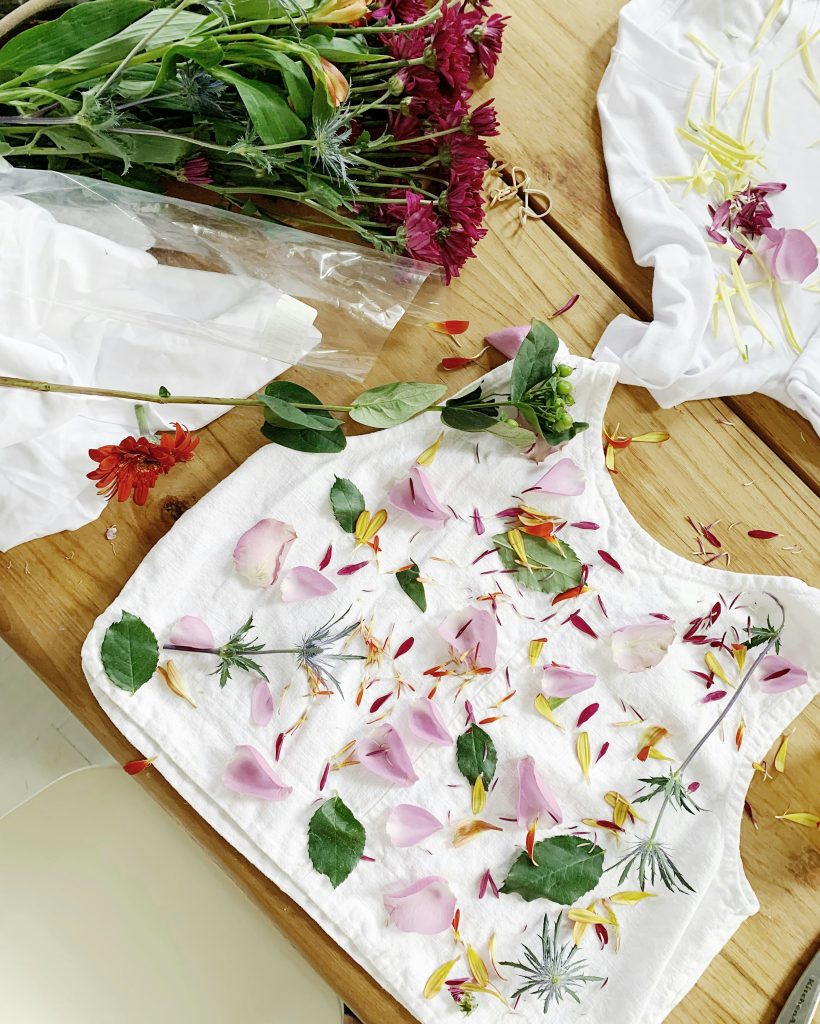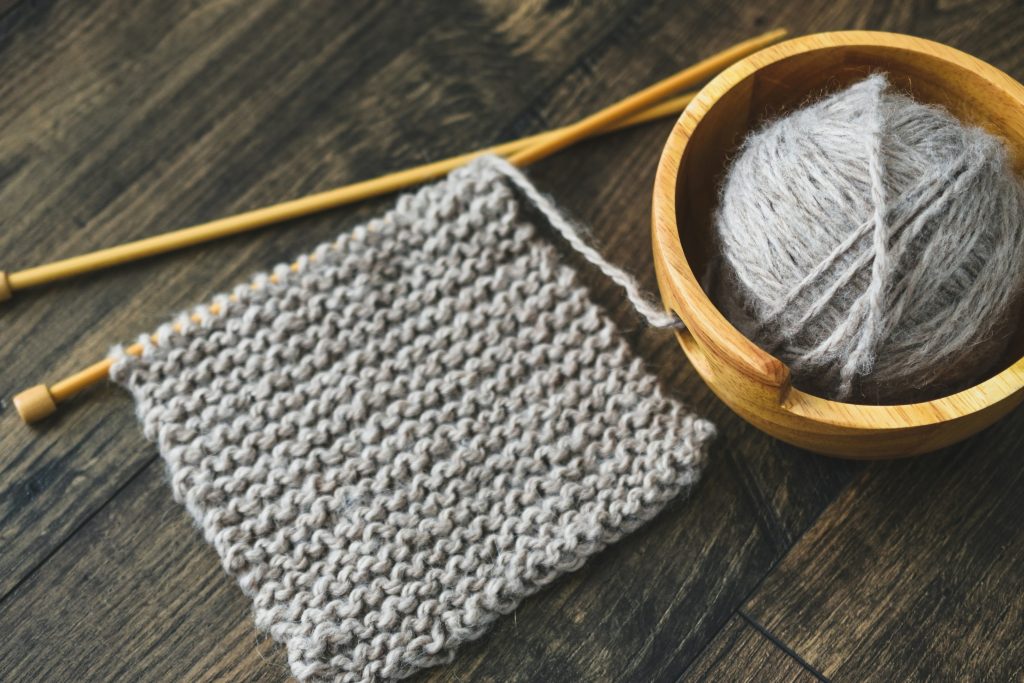
How To Upcycle Old Clothes: 5 Creative Projects To Try At Home
Upcycling, the process of transforming old or discarded items into something of higher value or quality, has gained considerable traction in recent years. As an eco-friendly alternative to traditional recycling, upcycling not only reduces waste but also encourages creativity and individual expression. When it comes to old clothes, upcycling offers a myriad of possibilities that can refresh your wardrobe while contributing positively to the environment.
At its core, upcycling is about reimagining the potential of items you already own. Instead of discarding worn-out or outdated clothing, you can give these pieces new life through thoughtful redesign and repurposing. This practice helps reduce the staggering amount of textile waste that ends up in landfills each year—an estimated 92 million tons globally. Furthermore, by opting to upcycle rather than buy new garments, you decrease the demand for fast fashion—a notorious contributor to environmental degradation and unethical labor practices.
Beyond its ecological benefits, upcycling fosters a sense of accomplishment and personal satisfaction. Crafting something unique from pre-existing materials allows for unparalleled customization; your creations are one-of-a-kind reflections of your style and ingenuity. Additionally, engaging in hands-on projects can be therapeutic and fulfilling, offering a productive outlet for stress relief. For beginners interested in exploring this sustainable practice, starting with simple projects can build confidence and skill.
With just a few basic tools—like scissors, needles, thread—and some imagination, anyone can turn forgotten garments into fashionable treasures or functional items. As you become more comfortable with techniques like sewing or dyeing, more complex projects will become accessible.

Project 1: Turning Old T-Shirts Into Tote Bags
Upcycling old t-shirts into tote bags is a fantastic way to breathe new life into garments that might otherwise end up in the landfill. This simple yet rewarding project not only promotes sustainability but also provides you with a functional and fashionable accessory.
Start by selecting a t-shirt that you no longer wear but still has some life left in it. The size of the shirt will determine the final dimensions of your tote bag, so opt for larger tees if you need more carrying capacity. Begin by laying the t-shirt flat on a cutting surface and smooth out any wrinkles to ensure an even cut.
Next, cut off the sleeves of the shirt along the seams. This will create openings for handles later on. Cut around the neckline to widen it, forming a large opening at what will become the top of your tote bag. Be creative with this step; you can choose to make a rounded or squared-off opening depending on your style preference.
Turn the shirt inside out and sew along the bottom hem using a sewing machine or needle and thread for extra durability. For added strength, consider sewing over this seam twice or using a zigzag stitch. Once done, turn your creation right-side out.
The final touch involves creating handles from fabric scraps or braided strips from another old t-shirt. Attach these securely to either side of your tote’s opening, ensuring they are evenly spaced for balanced carrying.
This upcycled tote bag isn’t just eco-friendly; it’s also personalized, showcasing your unique style while reducing textile waste one creative project at a time.
Project 2: Crafting A Patchwork Quilt From Denim Jeans
Creating a patchwork quilt from old denim jeans is an engaging and sustainable way to breathe new life into fabric that might otherwise go to waste. Denim, with its durability and varying shades of blue, offers a unique aesthetic that can transform into a cozy and stylish quilt. Start by gathering several pairs of worn-out jeans. Look for different hues and textures to add visual interest to your project.
Begin by cutting the jeans into uniform squares or rectangles, approximately 6×6 inches or any size that suits your design preference. Using a rotary cutter and mat can ensure clean edges and consistent sizes. Arrange these pieces on a large, flat surface like the floor or a table. Play around with different layouts until you find one that pleases you; alternating darker and lighter shades can create an eye-catching pattern.
Once you’re satisfied with your arrangement, sew the pieces together row by row using a sturdy needle and thread suitable for heavy fabric like denim. Press the seams open with an iron after sewing each row to keep everything flat and manageable. After all rows are completed, join them together to form the quilt top. For the backing, select another piece of recycled fabric or purchase one that complements your patchwork design.
Layer this backing fabric face down, add batting for warmth in the middle if desired, then place your denim top face up on this sandwich of materials. Finish off by quilting through all layers either by hand or machine; simple straight lines work well for beginners while more intricate designs can be tackled as you gain confidence. Finally, bind the edges with bias tape made from leftover denim strips for a cohesive look.

Project 3: Creating Stylish Headbands From Fabric Scraps
Upcycling old clothes into stylish headbands is an innovative way to reduce waste while adding a personal touch to your accessories collection. This project is particularly rewarding because it allows you to repurpose even the smallest fabric scraps, transforming them into chic and functional items. To start, gather various fabric remnants from your old clothes. Cotton, jersey, and even lightweight denim work well for this project.
The first step is to decide on the style of headband you want—whether it’s a simple knotted design or an elegant braided one. For a knotted headband, cut two long strips of fabric approximately three inches wide and at least 20 inches long, ensuring they are of equal length. Fold each strip in half lengthwise with the right side facing out and sew along the edges to create tubes.
Turn these tubes inside out so that the seams are hidden. Next, lay one tube over the other in a cross shape. Fold both ends of one tube over and under the other tube’s ends, forming a knot in the middle. Adjust it until you’re satisfied with how it looks and feels on your head. Sew the ends together securely using either hand-stitching or a sewing machine.
For added embellishment, consider attaching beads, sequins, or small fabric flowers to your headband for extra flair. Not only will you have created something unique and fashionable from materials that might have otherwise been discarded, but you’ll also gain satisfaction from crafting something beautiful with your own hands.
Project 4: Transforming Dresses Into Trendy Skirts
Breathing new life into old dresses by transforming them into trendy skirts is an innovative way to revamp your wardrobe without breaking the bank. This project not only encourages sustainability but also allows you to express your unique style through customization. Whether you have a dress that’s out of fashion, no longer fits right, or simply isn’t your taste anymore, turning it into a chic skirt can give it a second chance.
To begin, identify which part of the dress you’d like to repurpose as the skirt. Often, the lower half works best for this transformation. Measure and mark where you’d like the skirt to start, typically just below the bust or at the waistline. Using sharp fabric scissors, carefully cut along your marked line.
Next, focus on creating a clean waistband. If you’re handy with a sewing machine or needle and thread, fold over the top edge of the fabric about an inch to create a hem and sew it down securely. For added flair and functionality, consider inserting an elastic band within this hem; this ensures comfort and flexibility in sizing.
Personalize your new skirt with embellishments such as lace trim, buttons, or even pockets crafted from leftover fabric scraps. Dyeing the fabric can also breathe new life into old material by offering vibrant hues that suit current trends.
By transforming dresses into skirts, not only do you upcycle old clothing effectively but you also contribute positively to reducing textile waste while showcasing your creativity and fashion sense in every stitch.
Project 5: Making Cozy Pillow Covers From Sweaters
Transforming old sweaters into cozy pillow covers is not only an excellent way to upcycle but also a fantastic method to introduce warmth and texture into your home decor. This project can breathe new life into those beloved, worn-out sweaters that are too sentimental to discard. Additionally, it’s an easy and rewarding craft that doesn’t require advanced sewing skills. Begin by selecting a sweater that has outlived its wearability but still retains its charm.
Wool or knitted sweaters work best for this project due to their softness and stretchability. Lay the sweater flat on a table and measure the dimensions of the pillow you wish to cover. Add an extra inch to each side for seam allowance before cutting out two equal-sized pieces from the body of the sweater. These pieces will form the front and back of your pillow cover.
Next, align the two pieces with their right sides facing each other, ensuring that any patterns or textures match up seamlessly. Pin them together along the edges, leaving one side open for inserting the pillow later. Sew along the pinned edges using a sewing machine or by hand with a sturdy needle and thread. After sewing three sides, turn your creation right-side out through the open end.
Insert your pillow into this snug new cover, then either hand-stitch or use fabric glue to close up the final edge neatly. The end result is a unique and comforting accessory that adds both style and sentimentality to any room in your home.




